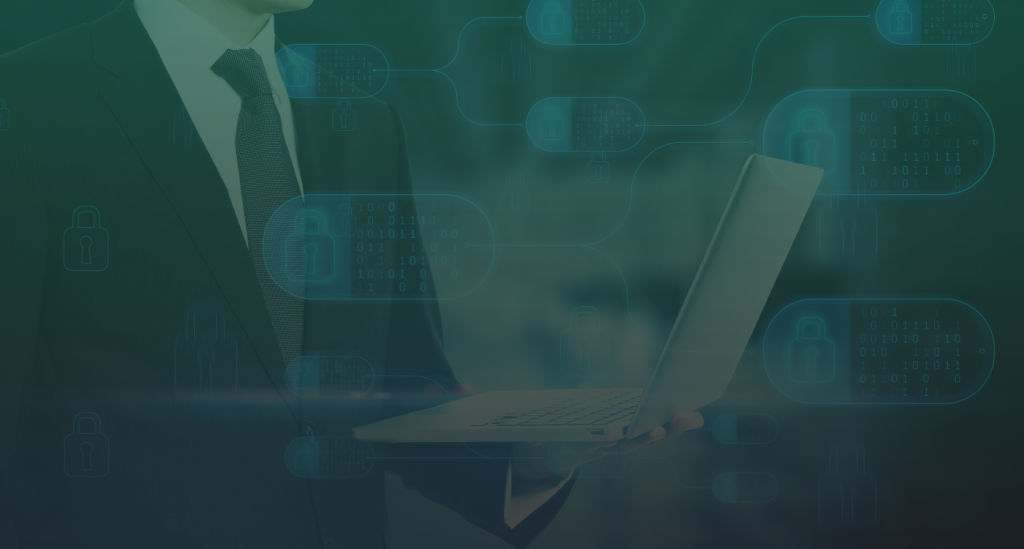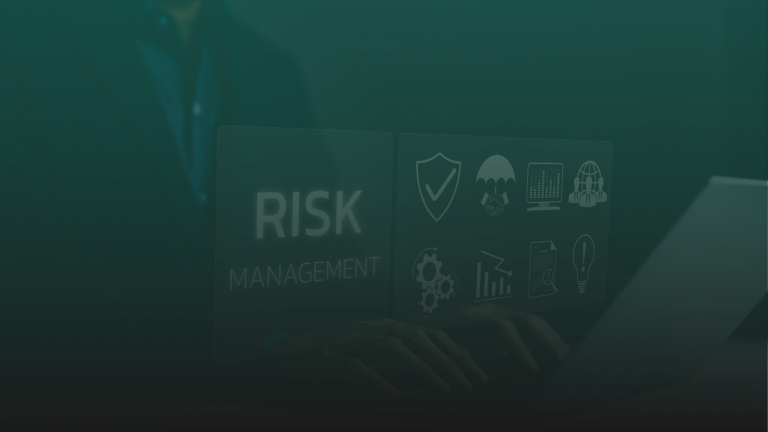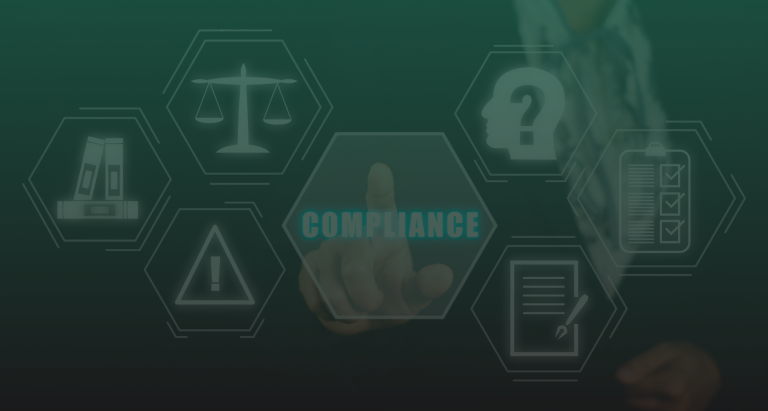
Is Your Cybersecurity Management Robust Enough?
In today’s digital-first economy, cyber risks are not just a technical problem; they are a business-critical challenge. The average global cost of a data breach now stands at USD 4.44 million, with the Middle East ranking among the highest regions worldwide due to its critical infrastructure and financial sectors. Verizon’s 2025 Data Breach Investigations Report recorded over 12,000 confirmed breaches in a single year. Looking ahead, global cybercrime damages are expected to reach USD 10.5 trillion annually by 2025, making proactive and integrated cybersecurity management an urgent necessity for organizations across all industries.
Why Current Approaches Fall Short
Despite the rising costs, many organizations remain unprepared. Security teams juggle disconnected tools that never give a full picture, visibility is patchy, and responses arrive too late. Cybersecurity often operates in its own silo, separate from compliance or broader business goals, and attackers exploit those cracks.
Take the Middle East as an example. Regulatory expectations are tightening fast: Saudi Arabia’s NCA ECC, the UAE’s federal data protection law, and international frameworks like ISO 27001 and the NIST Cybersecurity Framework all demand evidence of structured, ongoing security practices. Without an integrated approach, keeping pace with these requirements quickly becomes unmanageable.
What Is GRC in Cybersecurity?
Governance, Risk, and Compliance (GRC) gives organizations that structure. It ensures cybersecurity isn’t just reactive IT work, but a framework connected to strategy, operations, and accountability.
- Governance defines how security decisions are made and who is accountable.
- Risk management identifies threats and ensures they’re prioritized and mitigated before they disrupt business.
- Compliance aligns practices with global standards and local regulations, from ISO and GDPR to NCA ECC.
Without GRC, cybersecurity feels like plugging leaks in the dark. With GRC, it becomes a strategic capability that protects trust, reduces risk, and supports growth.
Why GRC Matters for Cybersecurity
Organizations that skip GRC usually end up with the same problems: fragmented processes, inconsistent responses, and compliance that’s treated as a one-off exercise. This creates blind spots and leaves businesses exposed.
With GRC embedded, the opposite happens. Risks are visible across people, processes, and technology. Threats are anticipated rather than just reacted to. Compliance becomes a continuous practice instead of a last-minute scramble. And most importantly, cybersecurity is tied to business objectives, not working against them.
How Jethur Helps Organizations Stay Ahead
Jethur was built as a Cyber GRC ecosystem. Instead of bolting on governance and compliance after the fact, it integrates them into everyday security operations.
- Integrated Cyber Risk Management: One platform to assess, prioritize, and mitigate risks.
- Real-Time Monitoring and Insights: Dashboards and alerts that let teams spot issues as they emerge.
- Proactive Mitigation Strategies: Workflows that assign owners, track actions, and measure progress.
- Compliance Readiness Built In: Automatic mapping to global and regional frameworks, reducing audit headaches.
From Features to Outcomes
Most platforms list features. Jethur operationalizes them.
- Strategy to controls: Strategic objectives and KPIs live in the same workspace as policies and controls, so every control can be tied to a business goal and measured.
- Controls to evidence: Policies, versions, and audit trails link directly to controls and processes, giving auditors a straight line from requirement to control and evidence.
- Risk to action: Risks are not left sitting on dashboards. In Jethur, if thresholds are crossed in a heatmap or KRI, they automatically trigger action plans with owners and deadlines. That means accountability is baked in.
This approach makes governance tangible. It turns cybersecurity from theory and reports into measurable, trackable outcomes.
Shaping a Stronger Cybersecurity Posture
With Jethur, organizations stop firefighting and start building. The platform protects digital assets, aligns security with business priorities, and embeds compliance into everyday processes. It also saves time and cost by automating reporting and reducing manual effort, while strengthening trust with regulators and partners.
Cyberattacks will keep growing in frequency and sophistication. Damages are expected to exceed USD 23 trillion annually by 2030. The businesses that thrive won’t be those that buy more tools; they’ll be the ones that manage cybersecurity as a connected, strategic discipline.


